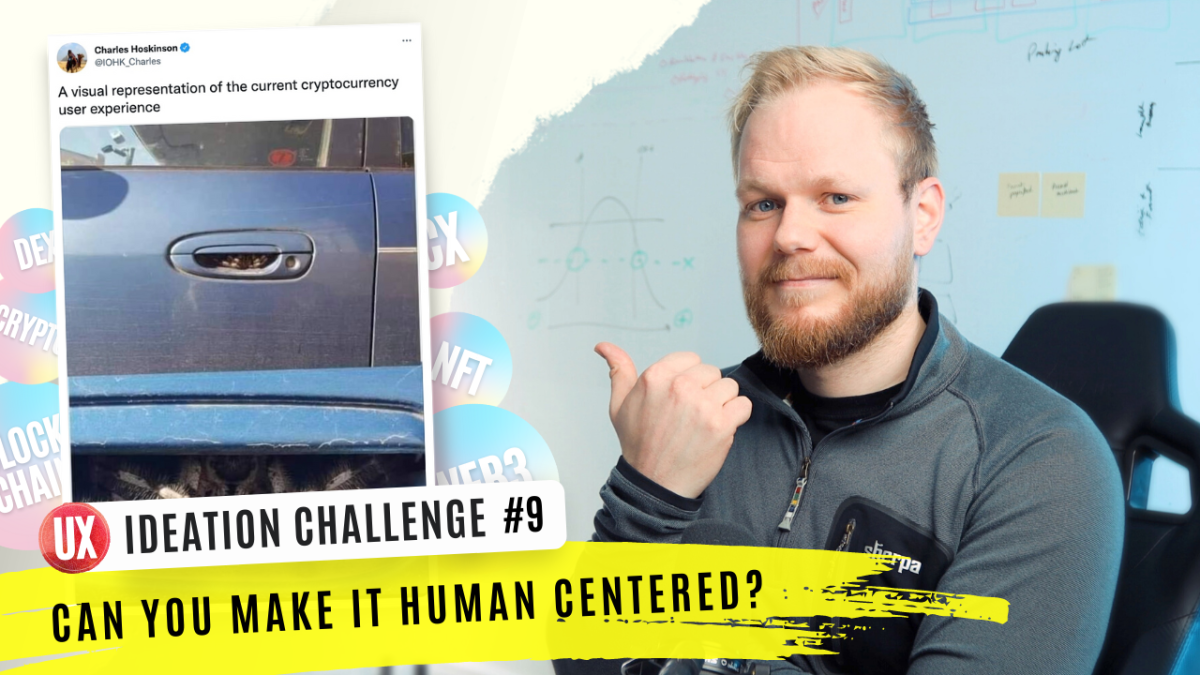The emerging tech world is by definition driven by experimental new tech development in isolation. If the solution in question is viable, it usually comes down to how receptive the market is and if the customers are willing to engage with and adopt it. Arguably this could be attributed to a majority of blockchain businesses and projects outright failing to deliver. While other projects in the space that seemingly have zero utility (i.e. dog coins) are taking the market by the horns.
The difference can be attributed to resonance with underlying human needs, rebellious spirits, FOMO and other psychological factors that result in these illogical but super-common behaviours.
Having most of the current crypto developments focus on the technical improvements only seems like a recipe for a disaster or years of struggle ridden adoption. Think bitcoin: however impressive the technology is, it’s been a decade of it gradually gaining traction. Of course, there’s a tonne of variables that contribute to this slow progress. But just one that we can immediately address is the lack of consideration for people and the UX.
These couple of tweets in the Twitter crypto space by Paul Graham and Charles Hoskinson hit the nail on the head:
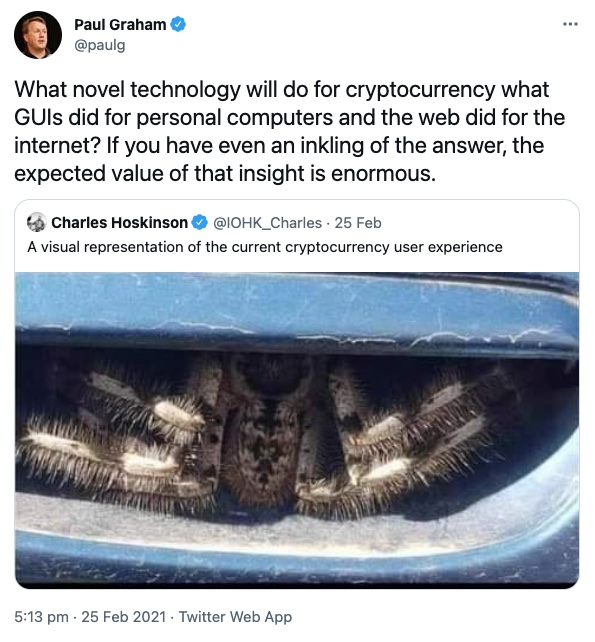
As a user experience designer by trade, I cannot agree more. I see crypto space just like the early www – the experience design as a craft has been playing catchup up until recent years. We finally arrived at a point where usability that leads to efficiency and efficacy, and desirability that results in adoption and engagement are not just an afterthought or an additional optimisation effort.
If we take crypto as an evolving space towards the same direction a lot of current solutions focus on easily perceivably and safer finance transactions, easier to use wallets, funkier by the day marketplaces and other additive layers to tech-focused experiences (that is not really considerate of the true user needs).
And this is why I wanted to create a UX project challenge to help blockchain enthusiasts reverse this approach by adding a considerably sized seat at a table for the key player in each of the experiences – the people:

One of the easiest ways to ensure that emerging tech is quickly adopted and engaged with is by starting with human needs. While it’s a process that requires deep user research and discovery, that doesn’t mean anyone in the blockchain space can’t ideate the opportunities.
The secret ingredient to succeed here would be to frame the problems well enough and focus on the customer first.
One of the recent blockchain patents from VISA on embedded payment tokens for digital media patent shows this architectural schema that tells a technical implementation story:
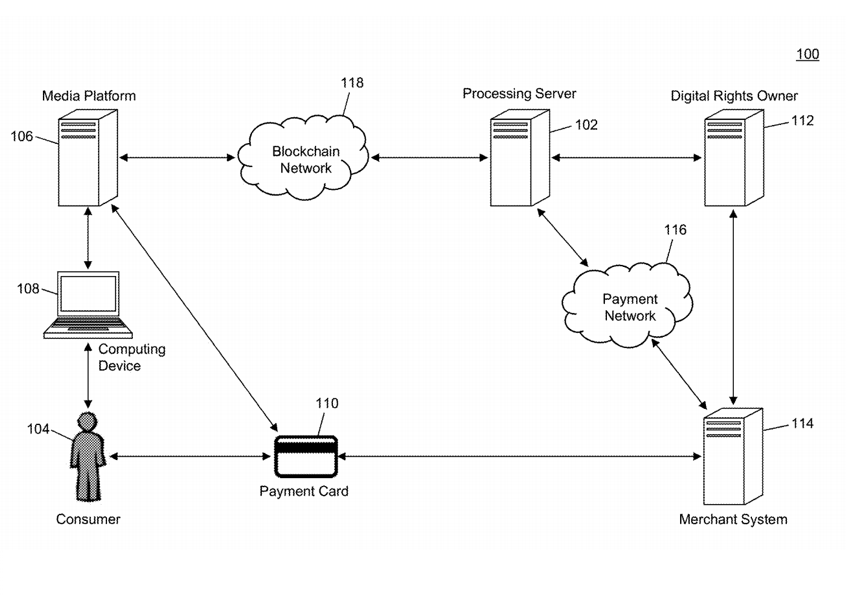
It includes a couple of high-level channels: a payment card and a computing device. Additionally, a player in the scene is labelled as “consumer” – a clear indicator of driving the solution from a technical standpoint with minimal consideration of its effect on the user.
But ignoring all of the surrounding architectural aspects, what would that experience look like?

Other interesting examples that take the brand new experience beyond UI design and into Web3.0:
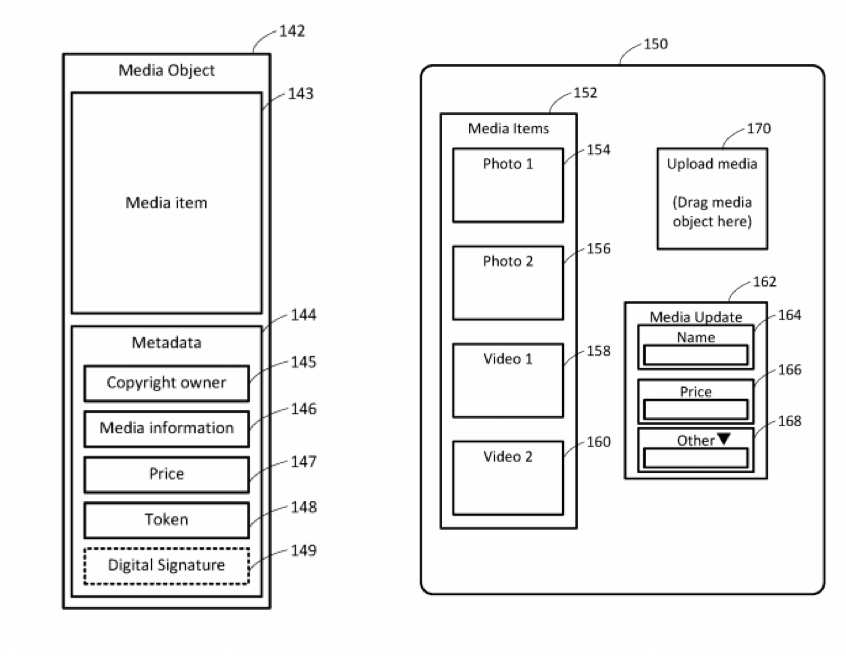
Visa’s embedded payment tokens for digital media
What if any digital artefact could have embedded metadata that would also contain a variable price tag? Customers could drag an image onto their desktop and checkout immediately with the said price tag. Better yet, the ownership, license and media handling details would reside on the blockchain indefinitely.
Patent docs for the nerdy: http://bit.ly/3bq7jNz

Ford’s imaginative car contract fulfilment using crypto
Ford plans to use blockchain to allow car owners to transact with each other. For example, a nearby car that slows down to let you pass will get a token reward, which will be deducted from your token wallet. I can already think of the applied telematics and precision accountability (think the potential impact on insurance premiums, rental car rates, car specific credit impact etc.). This is just a snapshot of the things to come in the consumer space.
Patent docs for the nerdy: http://bit.ly/30mrZQe
As you can see none of these really focus on user behaviours, but rather speculate how the tech solutions could be used in the end. Naturally, such an approach requires heavy UX lifting. And quite frankly will result in UX being applied way too late.
Let’s do the opposite.
💡 Ideation challenge brief
Firstly: Research and define the problem
Pick a common problem people are facing today (the more user pain points you’ve observed or had a chance to empathise with, the better); Depending on your areas of interest, skills and available time, this could be about commerce, geopolitical issues, government services, finance, etc. For example, one of the problems we can definitely solve for the US government is its voting system; here there are plenty of obvious problems to solve. What’s not that obvious is how it affects its customers and users – what are their problems in that specific context? Start there.
Secondly: Ideate
Ideate on the potential customer experiences blockchain tech can revolutionise. Suggested: apply futures thinking, design thinking or any other rapid discovery and ideation techniques or methods that can aid out of the box thinking;
– Apply a How might we (or any other method you already are familiar with) to frame it in an actionable way putting on a positive outcome spin (important);
– Without limiting yourself with what’s possible, ideate and outline at least 10 ideas or opportunity areas that could be answered using blockchain, defi, decentralised tech stack (hint: usually only the last few are the ones that will have gold nuggets in them);
For example:
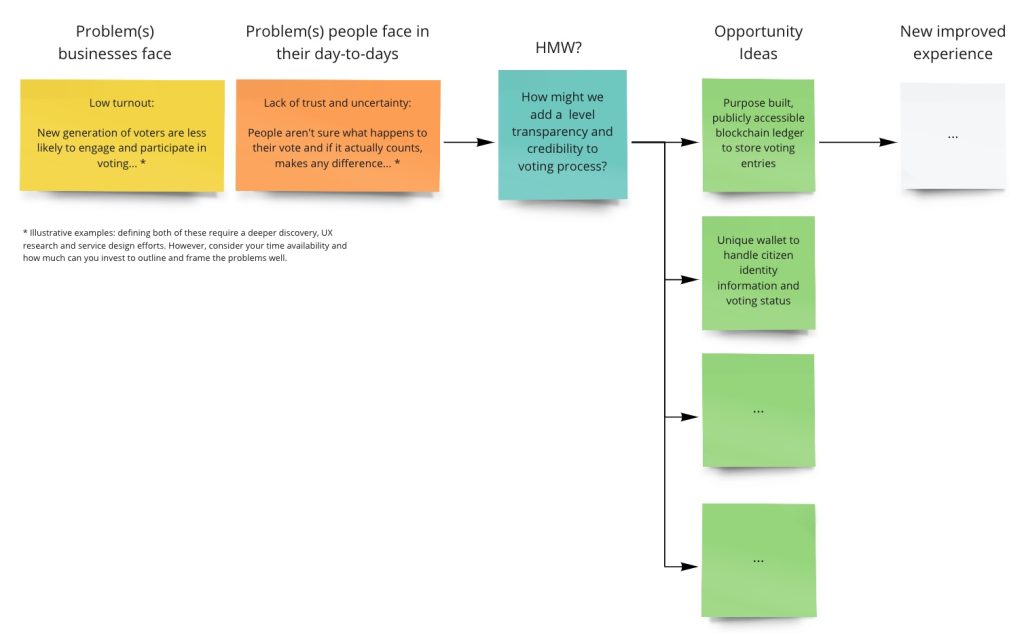
Thirdly: Prioritise the ideas
Ppick one (or several as appropriate to the new experience) which is just right. Suggested framework to do so – KANO model:
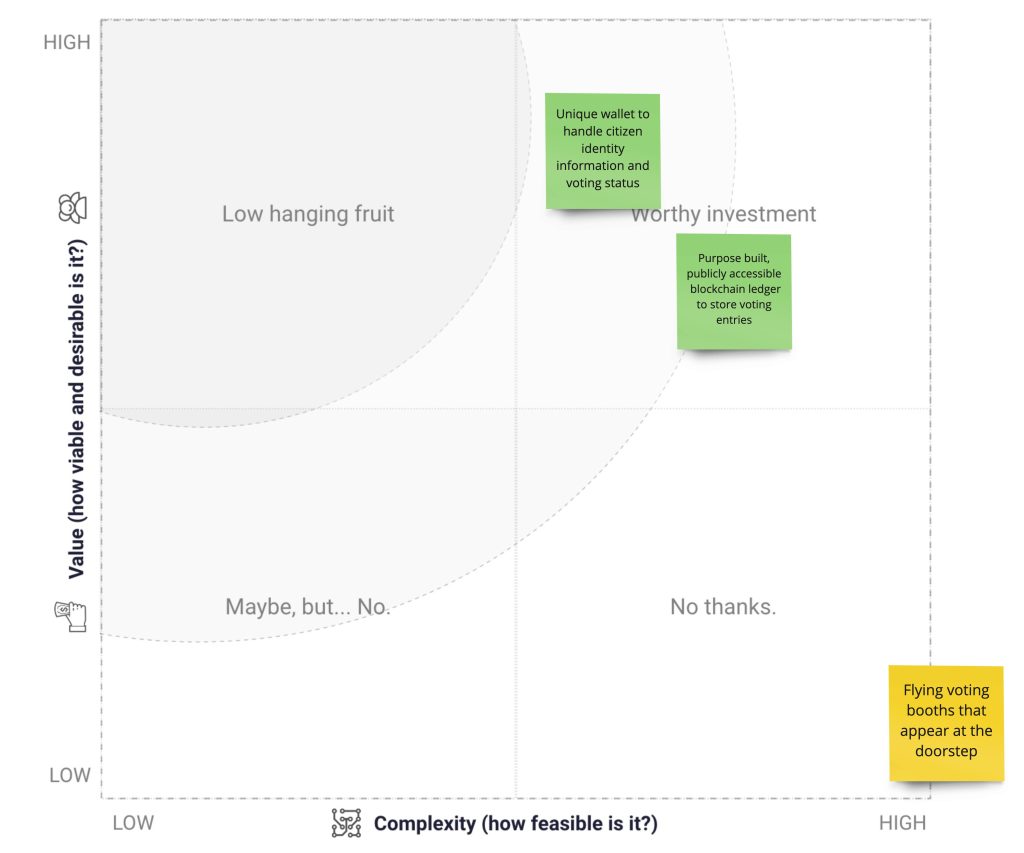
⚠️ Important: Make sure to center all your ideas on customers, users and other human parties involved in the given experience today and in the future (e.g. What will it mean to them beyond the monetary gains? Efficiency and task efficacy improvements are a great start, but what sort of positive psychological knock-on effects could this result in?)
Fourth: Express your idea in any appropriate methods that tell a story
Describe it: sketch a storyboard; write a short story; a Twitter thread; an article; make a video explaining it? – perhaps all of those combined, but make sure to tell a good story that describes how the lives of the actual human beings will be better.
Lastly: Submit your takes for a Live review
Email: hello@vaexperience.com;
Deadline: 4 weeks,
If however, you’re reading about this challenge later: do it anyways. Do it on your own terms, make a case study for your portfolio, or develop your idea even further.
🛠️ Tools that might make this process easier:
- Recommended further reading on key decentralised tech domains and developments/topics: NFT, Web3, Dex, etc.
- Digital whiteboards: Miro (Board containing the ideation flow and prioritisation canvas, listed above: https://miro.com/app/board/o9J_l4AP4rg=/), Mural, Figjam, or any other tool that helps your creative juices flow.
- Futures thinking guide from UK Government: https://assets.publishing.service.gov.uk/government/uploads/system/uploads/attachment_data/file/674209/futures-toolkit-edition-1.pdf
- Design thinking toolkit from IDEO: https://designthinking.ideo.com/
- Book you can finish in 30 minutes: Technique for producing ideas by James Wood; or watch my video review and its application to UX/CX: https://youtu.be/0iUH1uLJBQo
